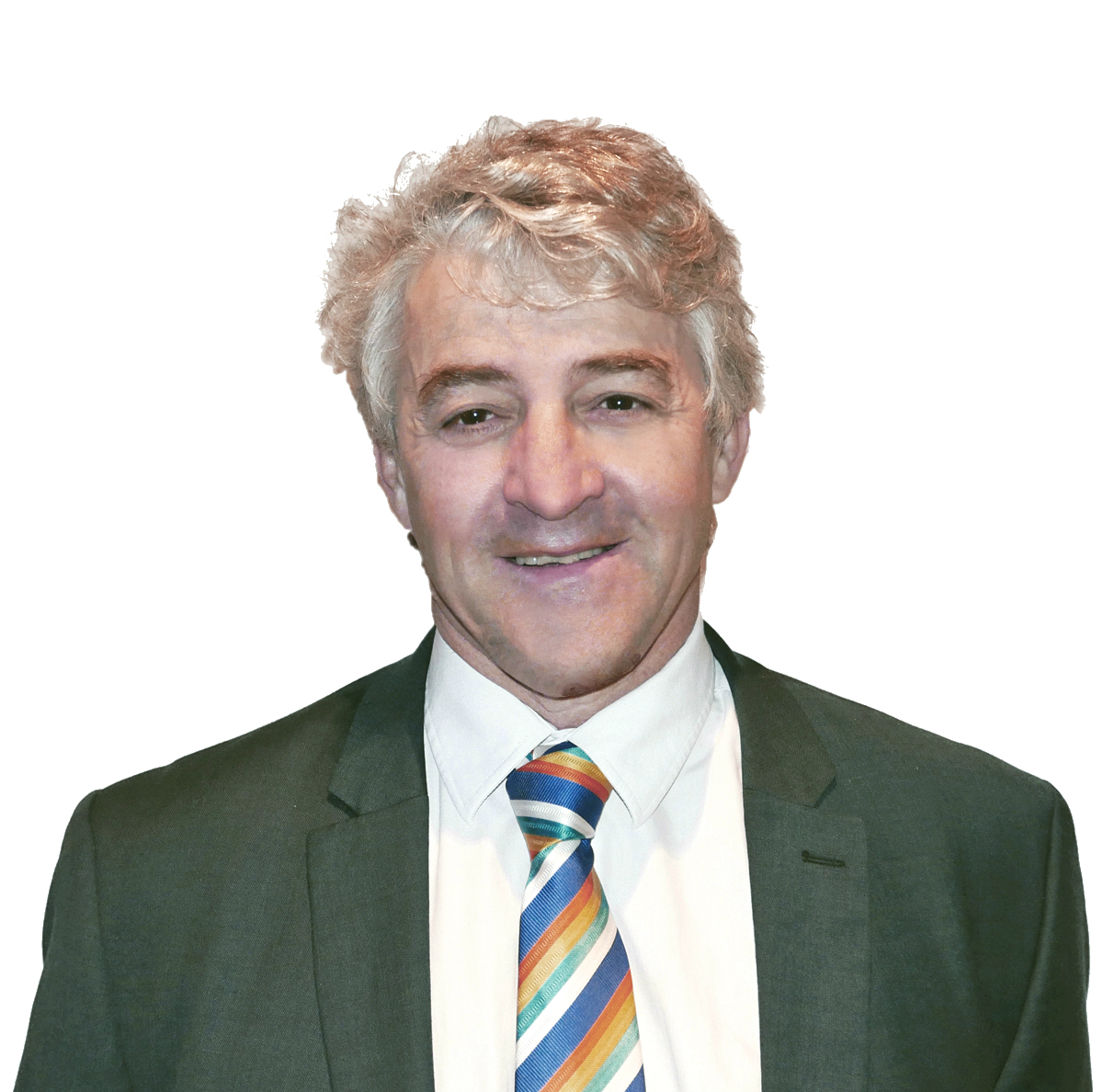The digital divide is the latest division between society’s ‘haves’ and ‘have nots’ and the global Covid-19 pandemic has brought it into even sharper focus. And while technology is at the heart of the divide, says David Stokes, senior manager, solutions marketing at Ribbon, maybe technology can also help to close it.
Turning the tide of the digital divide
Money always plays a role in the divide between society’s haves and have nots. And while the digital divide is about technology, there’s no doubt finance factors strongly into any debate about the divide.
The divide is, in many ways, an unwanted by-product of the advantages of the lifestyles that technology has created but finance lies at its heart. Firstly, some people simply can’t afford the equipment or the connectivity. Secondly, others live in areas that are difficult to reach or sparsely populated and where the cost of providing the most advanced connectivity can’t be commercially justified.
Solving these issues will take a mixture of technology solutions and financial innovation. The first thing to realise is that no single technology will solve all of our network access needs especially in the more remote areas. Home access networks traditionally fixed, wired, connections will increasingly become a mix of the wired and the wireless.
Both 5G and fibre access networks will have a key role to play, as will government policies over spectrum allocation and funding for fibre rollout. In the mobile space moves towards spectrum sharing, as we are seeing in the UK with the main operators collaborating on the shared rural network, will also play an increasingly important role. We may also see the mobile virtual network operator (MVNO) model develop with new operators launching specialist fixed wireless solutions for both rural enterprise and rural consumer applications.
In the short term, fixed wireless access from 5G networks will be able to deliver high speed broadband quickly and cost-effectively into rural areas, while fibre build outs, which are expected to be used for decades, will be an important part of the long-term solution. The transport network will also see a convergence between IP and Optical connections that will be key to delivering cost-effective broadband connectivity together with the advanced services of 5G networks.
Alongside privately funded initiatives such as the Telecom Infra Project which is seeking to drive broadband connectivity into remote areas government funding and other public private partnerships (PPP) are vital to the closure of the divide. And although the approaches in each country differ, the objectives have much in common.
European effort
In the UK, while the private sector has been the primary source of network provision, the government has stepped in to support fast rural broadband, pledging some £5 billion (€5.76 billion) in its March 2020 budget to fund gigabit networks in the 20% of the country that is most difficult to reach. The Building UK Digital (BDUK) fund runs voucher schemes contributing to the costs incurred by small businesses and rural communities looking to install high speed broadband.

France has taken a different approach to closing the divide and making high-speed broadband a national reality. The French government zoned in on the more rural regions where funding is most required, leaving the private sector to take care of urban connectivity. Its approach is to use PPP to catalyse private and local authority investment in broadband infrastructure in these rural and lower density areas.
There is also a European Union-wide effort the EU’s Connecting Europe Broadband Fund will invest in broadband projects in underserved areas via minority equity stakes or junior debt financing, writing cheques of up to €30 million. And the EU has recently begun readying a parallel €3 billion funding programme to support digital infrastructure investment in member states that it is terming the Connecting Europe Facility (CEF2 Digital). This new fund is scheduled to run for the next six years.
$20 billion (€16.66 billion), 10-year fund
Meanwhile in the US, the Federal Communications Commission (FCC) established the Rural Digital Opportunity Fund (RDOF) a $20 billion (€16.66 billion), 10-year fund, to bring high-speed fixed broadband services to rural homes and small businesses. Phase one of that scheme awarded support to projects that would provide high speed broadband to more than five million homes and businesses.
Easing the cost barriers to provision can have a knock-on effect in terms of easing the cost barriers to adoption especially with the rise of specialist providers backed by those supporting cash injections. The mix of fixed and wireless solutions that can be deployed to provide the speed and capacity required is also helping to widen the options to narrow the digital divide.
The goal of a fair society demands that we achieve the goal of fair access. To do that, the technologists and the governments both have key roles to play.
The author is David Stokes, senior manager, solutions marketing at Ribbon Communications.
Comment on this article below or via Twitter: @VanillaPlus OR @jcvplus






